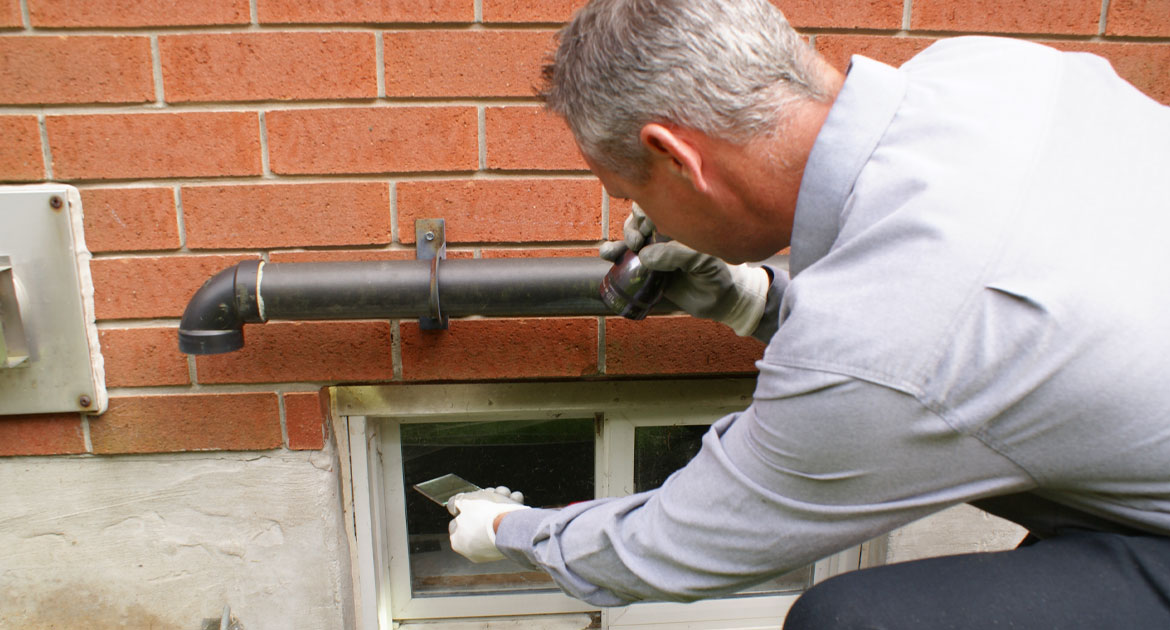
How are Mice Getting in My House?
Preventing mice from entering your home is a critical step in solving any mouse problem. Due to their size and physical makeup, mice are capable of squeezing themselves into the tiniest of holes. Mice are able to enter through holes the size of a dime. These troublesome rodents are found as often in cities and suburbs as they are in the country.
While mice easily take advantage of building material deterioration on older homes, their small size also allows them to find their way into houses that are newly constructed. Regardless of age and construction, nearly every home is a candidate for mouse intrusions. Mice can take advantage of existing holes and gaps but will also use their powerful teeth to create holes of their own.
Mice also have an amazing ability to climb, meaning they can enter your home through openings well above ground level. They easily ascend vertical brick walls to access roof areas and will also climb vines and vegetation that extend to the roofline.
Mice will spend spring and summer gathering food to store through winter inside walls and attics. Activity peaks during the fall when mice return to their indoor nests as temperatures decline.
While every home is different, there are some common points of entry:
Weep Vents
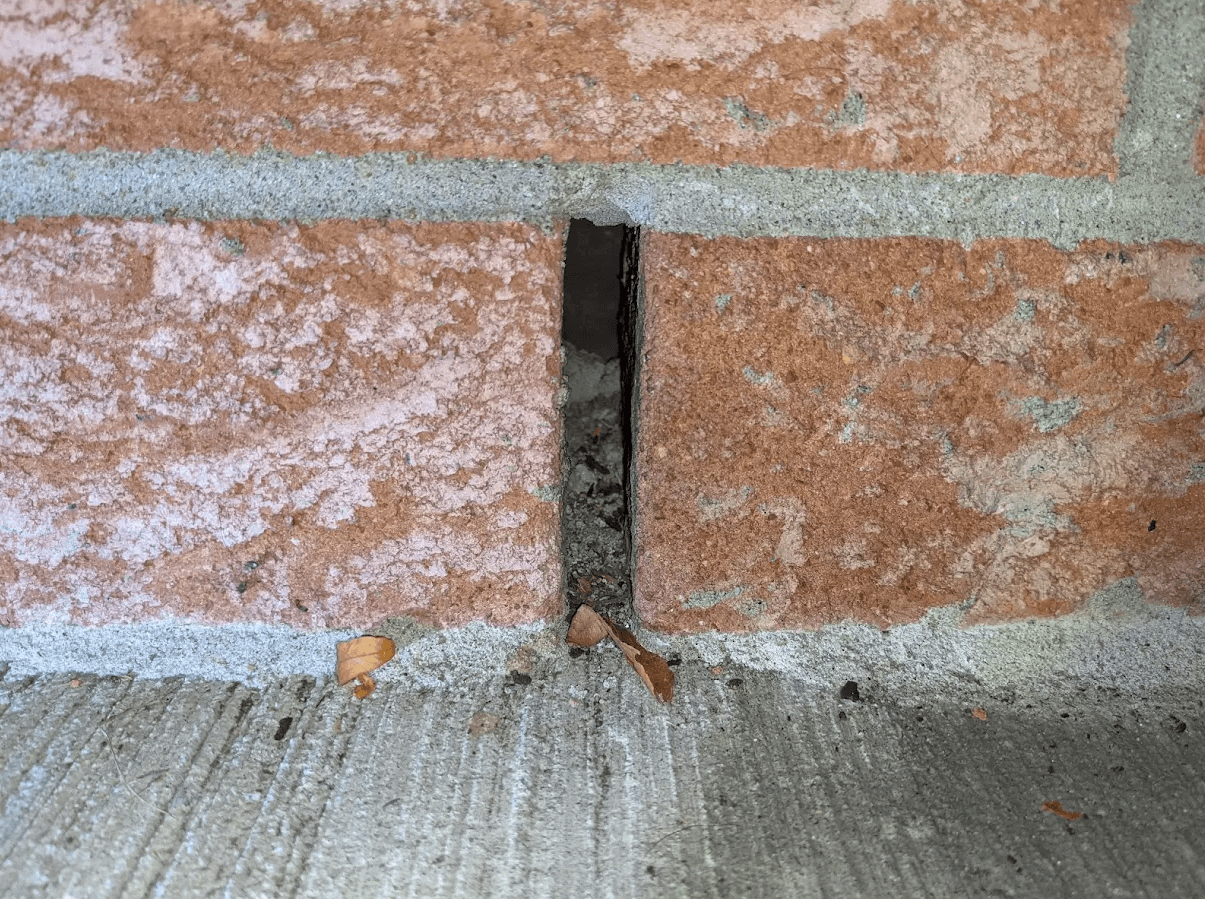
Weep vents are located between bricks on the exterior of a home. The openings are designed to allow any water that finds its way in behind the brick to escape and to air into the wall to help dry the structure. These vents play an important role in extending the life of brick and should never be sealed entirely. Unfortunately, these openings are often large enough to allow mice between the walls. Plastic weep vent covers are easily chewed and offer little protection.
Gaps between Building Materials
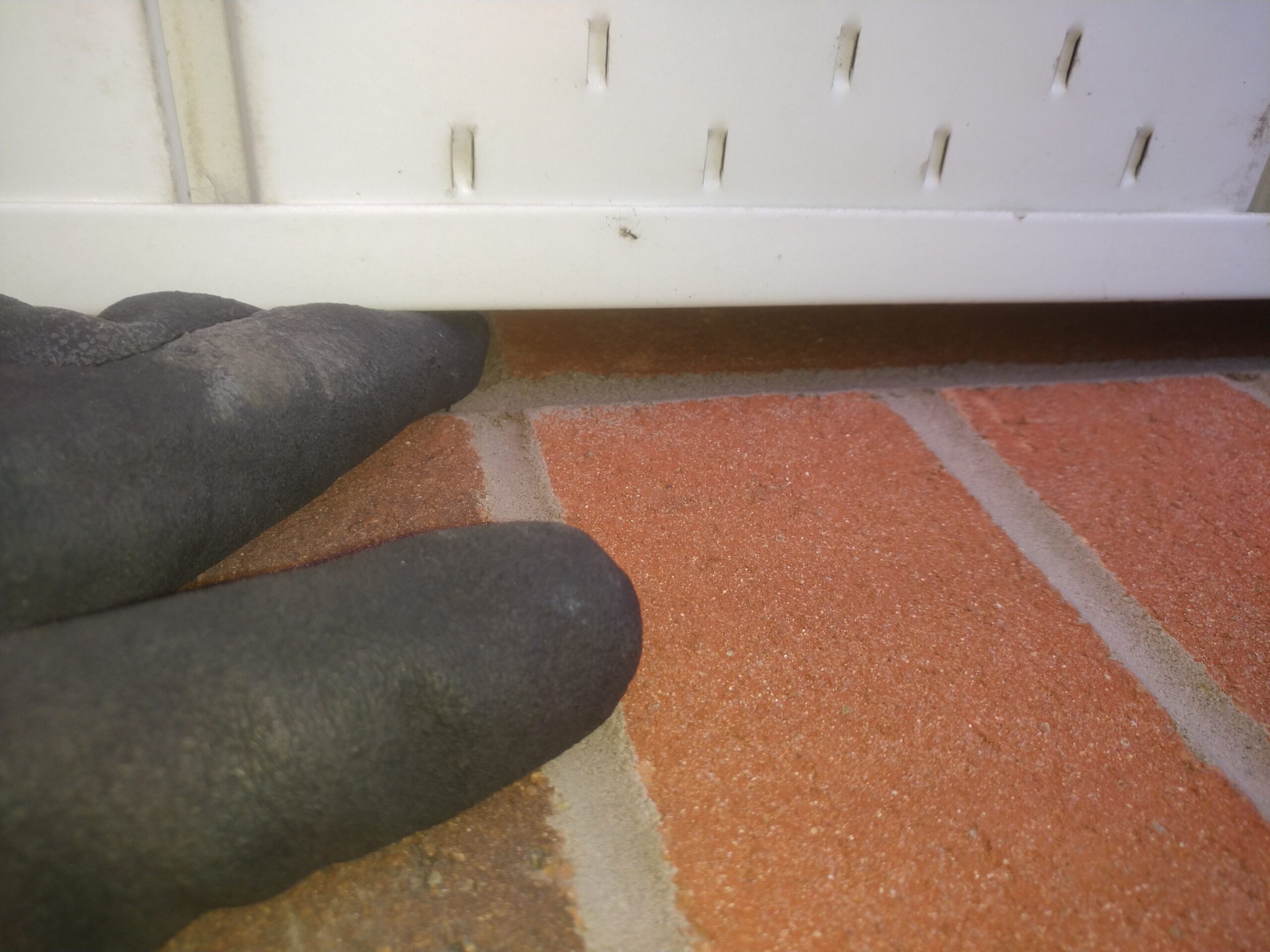
Wherever different building materials meet on a home there is an opportunity for mice to find a gap. A common point of entry for mice is the gap that often exists between bricks and soffit. It is very common, even for a new home, for soffits to be installed with a small gap for mice to slip through. As homes expand and contract through the seasons these gaps have the opportunity to become even more pronounced. This gap is especially worrisome as it usually extends around the full perimeter of the home.
Other gaps include:
- Siding-Foundation Gap
- Roof-Soffit Gap
- Roof-Fascia Gap
Utility and HVAC Lines
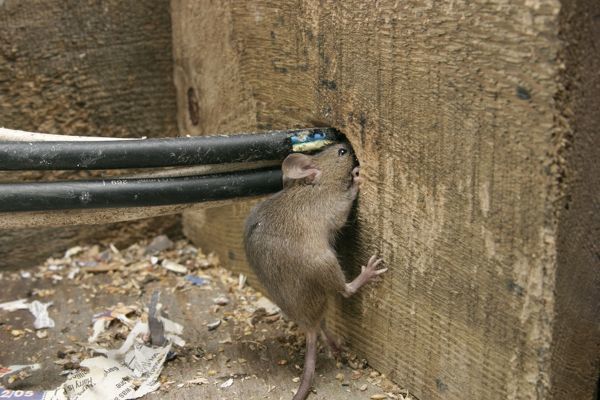
Utility and HVAC lines that exhaust to the outside of a home quite often run through the exterior walls. The holes cut for running air conditioning, heating, electrical and water lines are often too large, allowing mice the opportunity to enter the walls through a gap. Once inside, mice are able to travel through the house using the holes cut for pipes, ducts and wiring.
Door and Window Frames
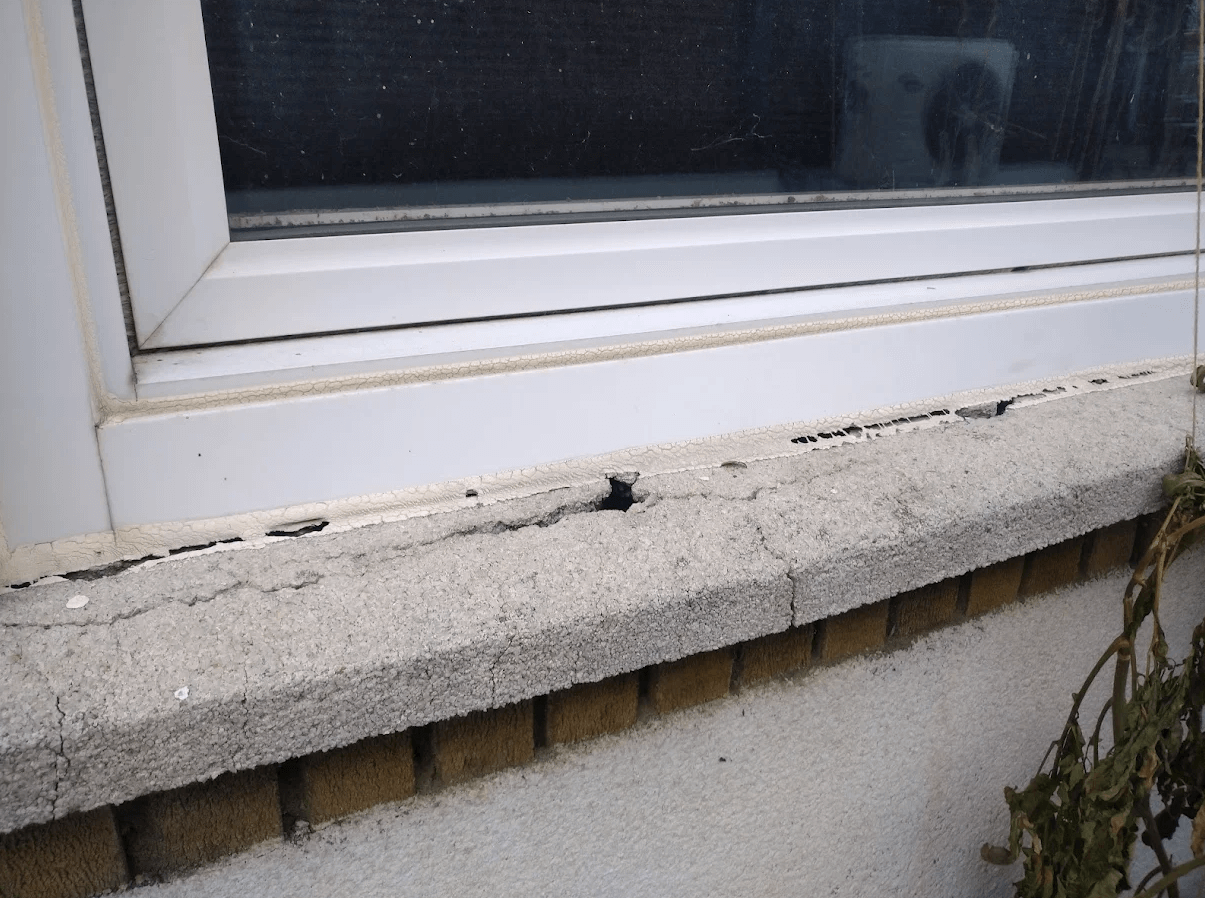
Poorly sealed window and door frames provide easy access for mice to enter homes. Doors that hang unevenly or too high off the ground allow mice to slip in. Loose rubber weather stripping on the underside of garage doors is also easily chewed.
Roof Vents
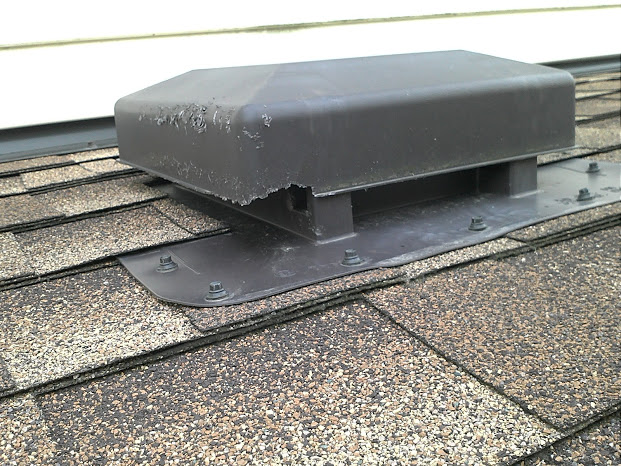
Mice that climb to the roof will find many potential access points. The plastic and aluminum vents on your roof generally sit high enough for mice to slip inside the attic. In many cases all that stands between mice and the attic is a very thin bug screen.
Mice in Your Home? Time to Call Skedaddle
When it comes to mice, there are countless potential areas for entry. Identifying all the dangers should be left to an experienced professional who knows exactly what to look for. Skedaddle specializes in excluding and preventing mice from getting into homes. Our three step process focuses on humanely removing all mice, cleaning and decontaminating their living spaces and securing their entry points. To get rid of the mice in your home call us today at 1-888-592-0387.
CALL US TODAY
1.888.592.0387
OR
Request for Services

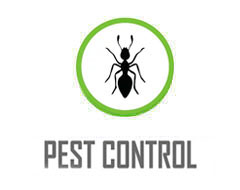

FOLLOW US